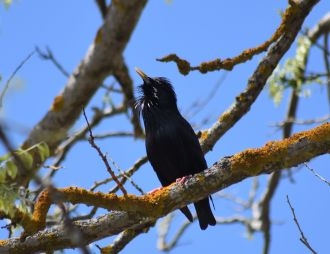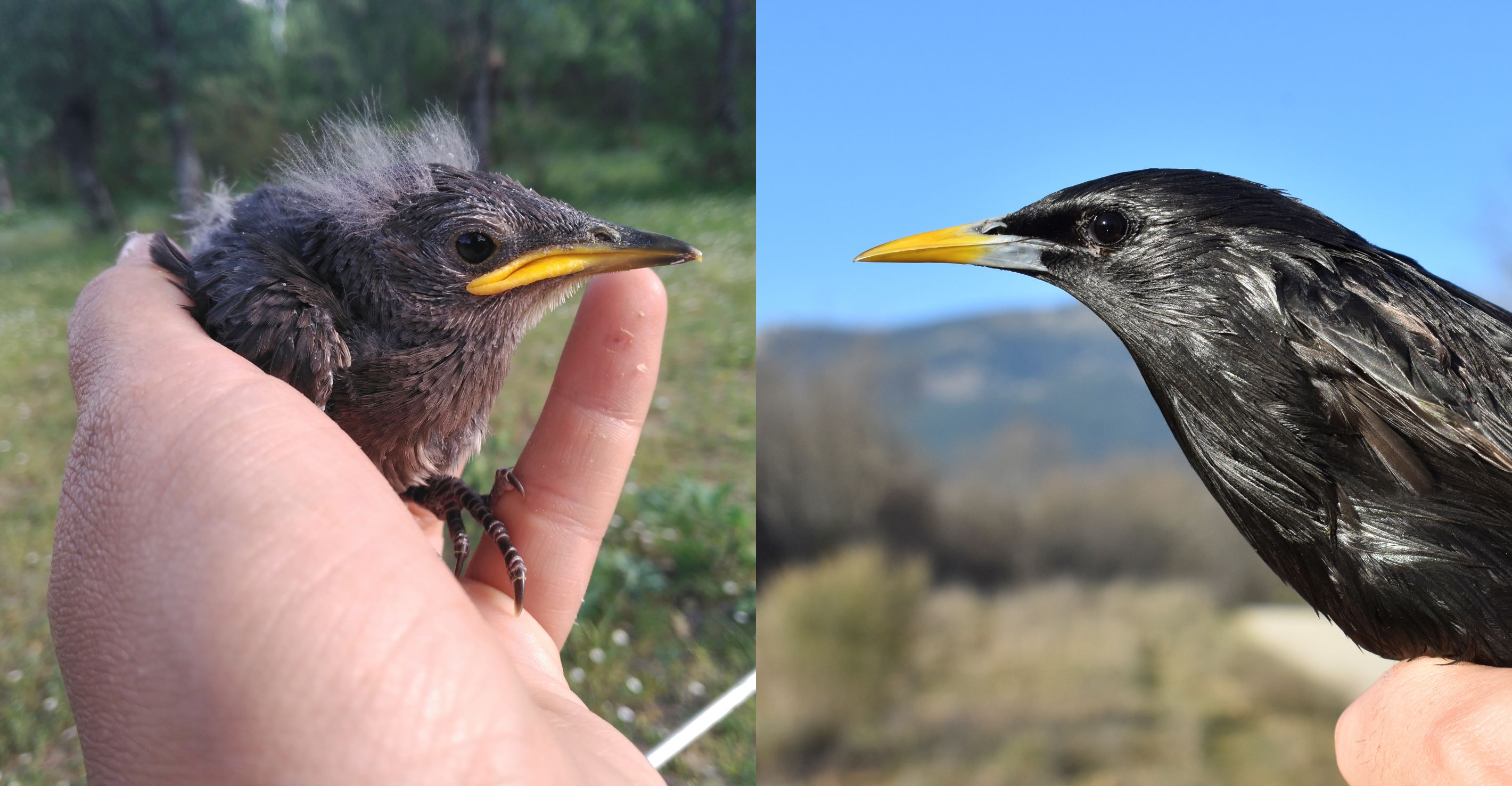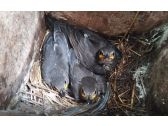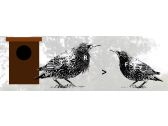
Bibliography
See allBeing a floater: decision or constraint?
In most wild populations, we can find a type of individual who receives one of the most poetic and abstract names given in the field of Behavioural Ecology: floaters. If we make a quick search about the different definitions of floating, we will see that floating is to wander around or to move or act without purpose. It may not be too obvious, but the name floater makes reference to the fact that these individuals, despite being sexually mature, do not reproduce (at least they do not follow the same steps as their conspecifics). Quite the opposite, floaters do not own territory, a mate or a nest to defend. They seem to be floating around, unmoored to a specific area to defend. For this reason, floaters are difficult to identify, monitor and thus study, despite their existence being widespread in nature.

Our knowledge about species biology and their populations ends up being inevitably biased towards breeders, which show a more conspicuous behaviour: during the reproductive season, breeders are seeing singing on the top of a tree or a stone claiming and defending their territory from potential rivals, breeders lay and incubate eggs and feed their chicks relentlessly. Quite easy to monitor, aren’t they? So, if we know that reproduction is key for individual fitness, why do floaters exist? Why there are individuals that spend part of their lives (or their whole lives) not breeding? Aren’t they prepared yet for that? Are they gathering information about the best place and mate to breed in and with in the future? Or are they opting to follow another strategy based on extrapair copulations and egg-parasitism? Maybe they have failed in the competition for breeding resources because they are individuals of poorer quality?

Questions without an answer are numerous due to the difficulty associated with following floaters. However, we have begun to investigate the floaters’ mysterious lives by using passive radiofrequency tags. We have spent more than 10 years measuring, following, and tagging nestlings and adults with microchips in a wild population of spotless starlings ((Sturnus unicolor), generating a valuable database which will allow us to answer some of these questions.
The spotless starling is a passerine from the Sturnidae family. It is a sedentary and relatively long-lived bird distributed across the western Mediterranean. The spotless starling is a secondary cavity nester (this means it breeds inside cavities already excavated by, for example, woodpeckers; or in natural cavities of trees or buildings). This is very important since it is the first limitation when it comes to reproduction: if there are more starlings than available cavities, not every starling would access reproduction and so competition intensifies! To follow the lives of our feathered friends, we insert in the starling a subcutaneous microchip with a unique alphanumeric code that identifies each starling individually. After this, we place within the nest boxes an antenna that detects these tagged starlings and a reader that records these visits (the number of visits, the date and the time). This methodology allows us to identify breeders and detect all the floaters that spend some of their time-budget to visit other conspecific-nests. Yes! They prospect nests! But with which objective? There are multiple hypotheses: maybe they are trying to usurp a nest, maybe they are gathering public information for the next breeding season, who knows! What is known is that by using an adequate methodology we can get to know the more mysterious aspects of animals’ lives. So, we can know the breeding status of the starling, classify them into breeders or floaters and start comparing them!
In this study, we followed 7 and 8 male and female spotless starling cohorts respectively. We measured their weight and size when they were 14 days old and followed them until their typical first reproduction occasion: 2 years after being born in the case of males and 1 year in the case of females. At this point, we measured them again as adults and we also quantified their degree of ornamentation by measuring the length of their throat feathers (which are exhibited during singing-bouts!). We wanted to know if some of these variables were associated with ending up being a breeder of a floater. What did we predict? That those starlings in a better physical condition and with more ornamentation would have a higher likelihood of becoming breeders. At the same time, we also were interested in knowing if the condition they attended when they were nestlings, the number of siblings in the nest or the birth date could have influenced breeding status in the long term.

So, we built our models for males and females and gather them up into a bigger model to identify which variables were more associated with reproductive status!
What did we obtain? Male reproductive status was positively and strongly associated with body condition. What is more, the body condition at the nestling stage was sufficient to explain their reproductive status! Surprisingly, we did not find any relationship between ornamentation and reproductive status. In the female case, none of our considered phenotypical variables explained reproductive status. However, we detected a slight negative association between birth date and reproductive status: females born later in the breeding season (closer to the summertime, when the temperature is higher, and food is scarce) were more prone to be floaters!
Our results show a sex-specific difference in predictors of reproductive status. It makes sense, doesn’t it? Starling males are chiefly responsible for the defence of the nest box. Being in a good body condition may suppose an advantage in chasing rivals out and keeping ownership. Female starlings also defend their nests, but maybe not with the same intensity as males. Our results also highlight the long-lasting effects of early-life conditions: if you suffered from a bad condition or a more hostile environment at the beginning of your life, it is likely to burden you in the future.
To conclude, our study suggests that body condition is an important determinant in the access for reproduction in the starling. It would seem plausible to think that being a floater is more ‘the best of a bad job’ than an alternative reproductive strategy. However, to be able to make any solid statement about that, further research is needed about other life-history traits such as survival and lifetime reproductive success!
If you would like to read the full article, click in the link (left-hand side bar above).
Iraida Redondo (MNCN)












